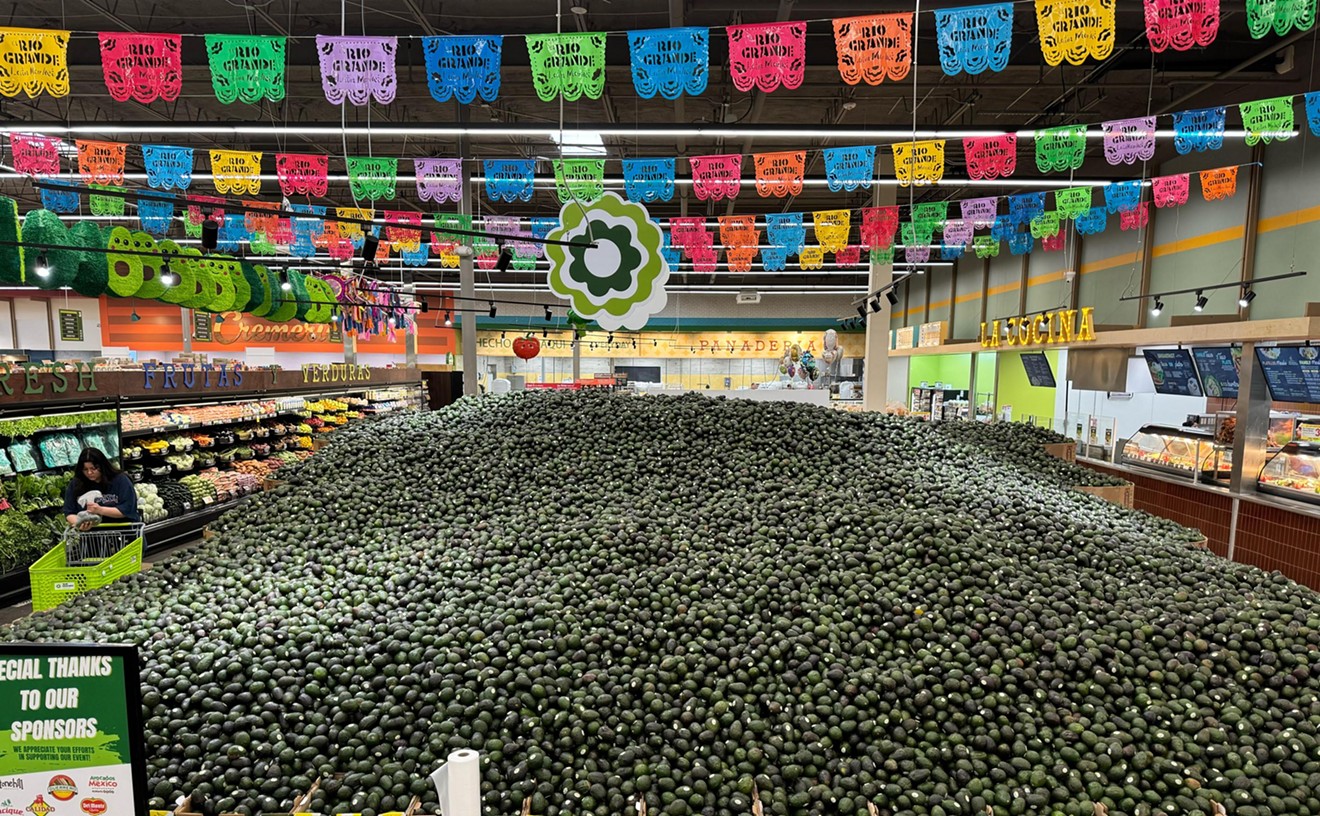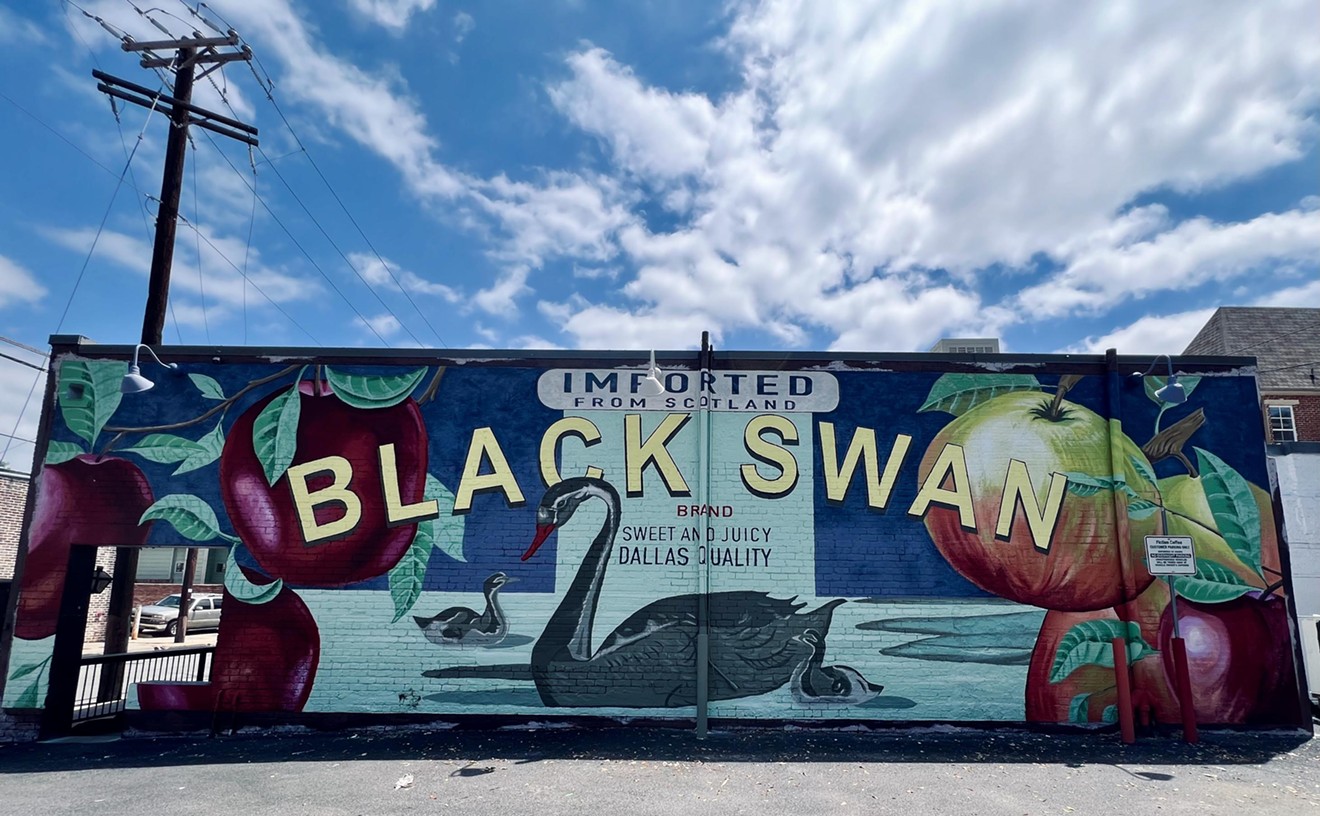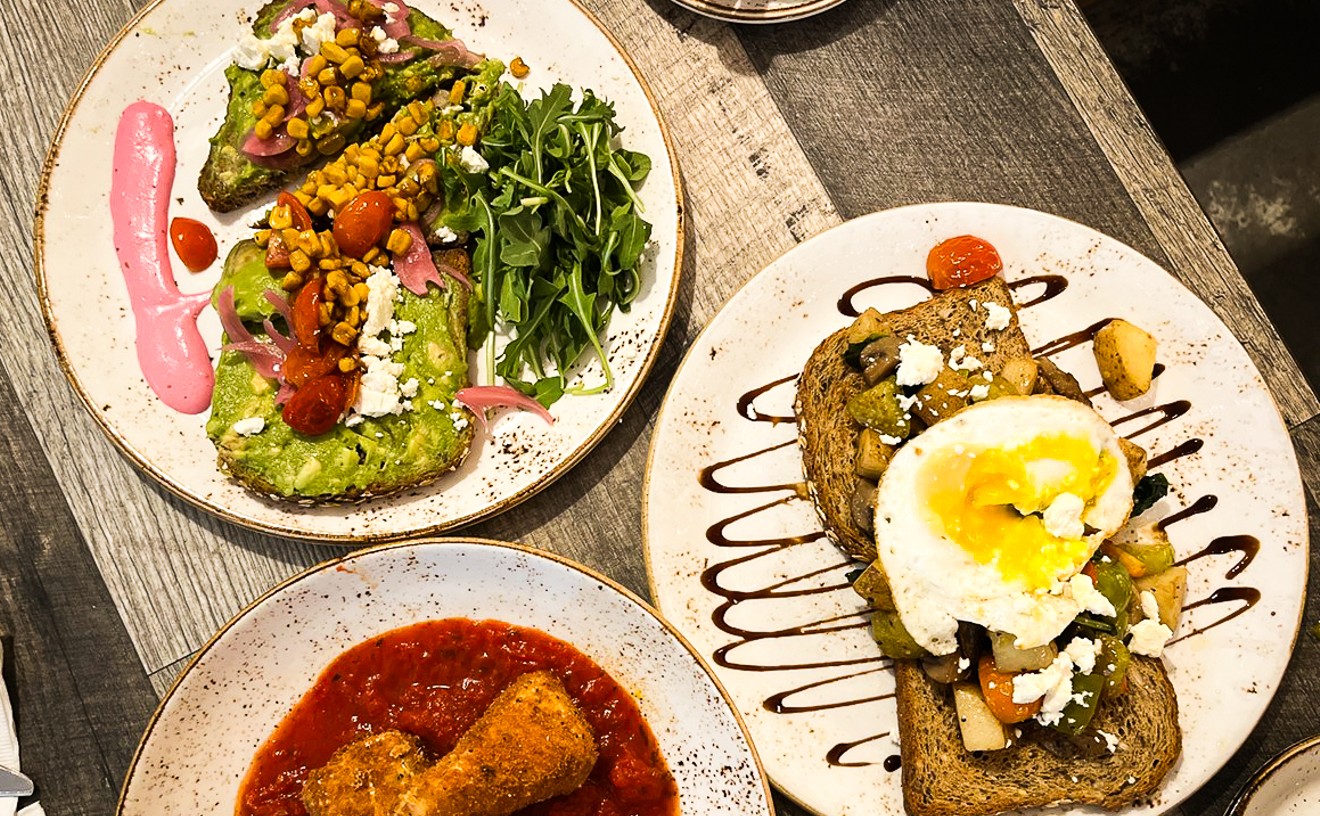"We don't have that. I've never heard of that before. Squid sushi?" he says. We ordered it here last night.
A twilight zone scrunch consumed his face. When we ordered the ika at the sushi bar the night before, the minute hand was on shrimp and the hour hand was on tuna, or whatever fish occupied seven. Back then, a basketball skittered across the high-definition screens.
There was no flounder. No toro (fatty tuna). No Spanish mackerel. Hot sake was offered in three sizes: small, large and extra large. "Extra large is about..." our server formed a fat loop with her arms while shaking her head. "Maybe large?"
Next to us a young Asian man sampled a series of sushi rolls. They were striking in their extravagance. They have names such as South Beach, maverick, General Toan, mermaid and 3 kind fish. "The white dragon roll," he said, when pressed to name the best. He pointed to a plate with a crispy segmented snake perched in front of blades of bamboo leaf. Are you taste-testing? Are you the owner?
"No. I'm just a waiter." He pushed himself away from the bar, leaving the rolls and a large sake behind. No one swooped by to scoop them away.
Our large sake bottle arrived with the Geisha soup. The Geisha soup was imposing, but they both had the same heat content: cool.
A geisha is a skilled female entertainment professional—music, dance, storytelling, conversation—you name it. And there's the sex. "Geisha are frequently depicted as expensive prostitutes in Western popular culture, which is incorrect," Wikipedia notes. But there is this: "Male geisha were usually ugly, previously wealthy men who spent so much money on geishas that they had to turn professional."
Geisha soup is a huge bowl of ugly—pure male geisha. Miso-based, it floats ragged scallops, cumbersome red snapper hunks, massive mussels and shrimp—really big shrimp. Each proves difficult to eat with a spoon. These pieces beg for fork and steak knife, so it's best to use the spoon to examine contents and then probe and prod them into edible pieces. Prop a mussel in the spoon bowl. Notice how the flaps seem to mimic lips, how easily they form folds and crevices hiding spools of erotically pulpy flesh. Usually mussels of this size are arresting on the finish, seizing the face with winces as pond scum and morning mouth lint flavors are unleashed seconds after chew ensues. Not here. These mussels are racy yet clean and alluring. It would be good if the broth steamed.
Chefs behind the sushi bar are proud (the ones they keep in the back, where presumably the soup is made, wear hairnets and latex gloves—reassuring, that). One held up the plated white dragon roll before resting it on the sushi bar, a black surface that seems to be granite but could be some composite. The roll unfurls before a small crop of bamboo foliage, the leaf points elegantly drooping into the plate. Flash-fried tuna, whitefish and salmon are rolled and cut into segments and settled among meandering beads of various sauces; a lemon mayo, a thick sweetish soy—that sort of thing. Atop the fish are fluffy orange clumps of smelt roe speckled in scallion.
The roll is thick and gummy with a crispy layer of fried soybean paper veneering a thick layer of impacted rice followed by fish wrapping sections of avocado. All of these disparate flavors are compressed into a clumsy paste. White dragon arousal is dim, despite the looks.
Sushi cuts are thick and clumsy wedges tamped to large billets of rice. It's all appropriately cool and supple, but it lacks rich flavor delicacy. It all tastes so diluted and flaccid, though you do get a wisp of soap from the taco (octopus). Thin slivers of lemon are inserted between rolling uni (sea urchin roe) folds. They do little. Instead of fresh and nutty, the uni is tired and turning with colors more of overcooked egg yolk than the enticing uni band of golden orange.
Beef negimaki resembles sushi rolls. Strips of grilled "sashimi beef" are coiled around a core of cream cheese, scallions and asparagus. Eight of these ensembles dot the plate; dry, stiff and leathery things that scrape as they scuttle down the throat.
"Yeah, I just learned that," says our hibachi server. He'd learned Geisha serves squid sushi; he learned it is called ika. Yet these semi-translucent strips of squid don't have the mint leaf that's more often than not tucked between the squid and the rice, nor the swab of wasabi.
Off to the side of the row of hibachi tables is a black steel spiral staircase that winds up to the VIP room that is above the bar where the flat screens play. The walls are a medium gray underscored by blond wood wainscoting. Paintings lavishly slathered in saturated colors—reds, oranges, blues and golds—hang there, promising passions of one form or another.
The sake isn't hot here either. Neither is the miso soup, which clasps mushrooms, scallions, seaweed and tiny tofu cubes in its stirred torrents. Strangely, the Geisha soup—not the miso-based seafood opulence served in the dining room but a clear chicken broth hibachi appetizer with shiitake mushrooms and tempura flakes—is.
The chef enters with the performance cart and unleashes a lusterless spatula jig, bouncing the edges off the griddle and spinning them until the wooden handles land in his grasp. Nothing fancy. In preparation for the fried rice, he slaps an egg on the griddle, plucking off the split shell instead of tossing the egg into the air and catching it on the spatula edge, allowing the gooey contents to leak along the spatula blade onto the hot griddle. But he does draw a square with his squeeze bottle of oil and slashes an "x" through it. There's a rhythm here, and it ain't good.
Sections of crab leg—shell rings with meat hugging the interior—get tossed on just after the rice. "How do you want your steak?" he asks. Medium rare. "In that case, I'll hold off," he says, slapping the steak back onto the cart. The meat is so thin that even at well done this meat flap could be cooked in seconds. Chopped lobster is loaded onto the griddle and shot with oil. So are the shrimp and the scallops. Vegetables are dumped on next.
The food is as dim and flat as the griddle spectacle: crab legs are mushy and near flavorless save for an off tint on the finish that is most likely freezer-burn residue. Lobster is dull gray and lackluster in flavor. Scallops are soggy and bland. Thin steak is appropriately pink. Shrimp are fine.
The capstone moment is the flaming onion ritual, whereby an onion is cut into rings of decreasing circumference and assembled into a cone. Squeeze bottle oil is shot down the cone throat and set alight. Flames shoot out, volcano-like. After the flame dies, the onion cone smokes and the chef nudges it across the griddle with his spatula, blowing a whistle as it moves, "Choo, choo." He squirts something else down the onion throat from a red bottle. It bubbles over and spits out lava the color of puke.
That ketchup? "Sure, why not? It's whatever you want it to be, bud." Geisha must have spent so much money on geishas that it had to turn professional.
3801 W. George Bush Highway, Plano, 469-467-3944. Open 11 a.m.-2:30 p.m. Monday-Friday, 5 p.m.-10 p.m. Monday-Friday, 5 p.m.-11 p.m. Saturday and noon-10 p.m. Sunday. $$$










